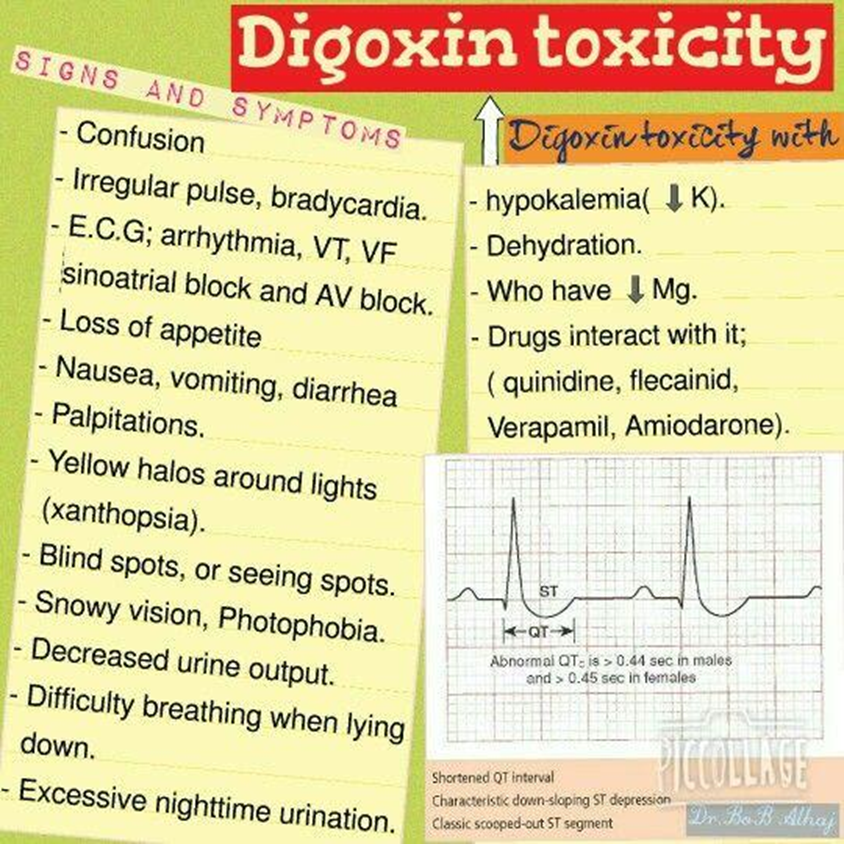A nurse is assessing a client who is receiving intravenous therapy. The nurse should identify which of the following findings as a manifestation of fluid volume excess?
Thready pulse
Decreased bowel sounds
Bilateral muscle weakness
Distended neck veins
The Correct Answer is D
A. Thready pulse:
A thready pulse is more indicative of fluid volume deficit or inadequate cardiac output, not fluid volume excess.
B. Decreased bowel sounds:
Decreased bowel sounds are not a specific sign of fluid volume excess. They may be associated with various gastrointestinal issues but are not directly related to fluid volume status.
C. Bilateral muscle weakness:
Bilateral muscle weakness is not a specific manifestation of fluid volume excess. It may be associated with electrolyte imbalances or other neuromuscular issues.
D. Distended neck veins:
This is the correct answer. Distended neck veins are a classic sign of fluid volume excess or overload. Increased venous pressure from excess fluid can lead to distension of the jugular veins in the neck. This finding is often seen in conditions such as heart failure or renal failure where there is an inability to adequately excrete or distribute fluids.
Nursing Test Bank
Naxlex Comprehensive Predictor Exams
Related Questions
Correct Answer is B
Explanation
A. Limit your sodium intake: While excessive sodium intake may be a concern for individuals with certain health conditions, there is no specific restriction on sodium intake associated with theophylline use. This instruction is not directly relevant to theophylline therapy.
B. Avoid caffeinated beverages (Correct Answer): Caffeine can increase the risk of theophylline toxicity by enhancing its effects. Theophylline is metabolized in the liver, and caffeine can interfere with this process. Therefore, it is advisable for individuals taking theophylline to avoid excessive consumption of caffeinated beverages.
C. Take the medication with meals: Theophylline is often prescribed on an empty stomach because food can decrease its absorption. However, the specific recommendation may vary based on the formulation of the medication. It is important to follow the healthcare provider's instructions regarding when to take theophylline in relation to meals.
D. Restrict milk products: There is no general restriction on milk products associated with theophylline use. However, it's important to note that high-fat meals may affect the absorption of theophylline, so individualized instructions from the healthcare provider should be followed.
Correct Answer is A
Explanation
A. Visual disturbances:
Visual disturbances, such as blurred or yellow-tinted vision, are common signs of digoxin toxicity. Clients should report any changes in vision promptly.
B. Potassium 4.4 mEq/L:
While electrolyte imbalances, particularly low potassium levels, can increase the risk of digoxin toxicity, a potassium level of 4.4 mEq/L is within the normal range and, by itself, does not indicate digoxin toxicity.
C. Insomnia:
Insomnia is not a typical sign of digoxin toxicity. Symptoms of toxicity are more likely to involve the gastrointestinal and visual systems.
D. Sudden weight gain:
Sudden weight gain can be a symptom of heart failure exacerbation but is not a direct indication of digoxin toxicity. Other signs, such as visual disturbances, are more specific to digoxin toxicity.

Whether you are a student looking to ace your exams or a practicing nurse seeking to enhance your expertise , our nursing education contents will empower you with the confidence and competence to make a difference in the lives of patients and become a respected leader in the healthcare field.
Visit Naxlex, invest in your future and unlock endless possibilities with our unparalleled nursing education contents today
Report Wrong Answer on the Current Question
Do you disagree with the answer? If yes, what is your expected answer? Explain.
Kindly be descriptive with the issue you are facing.
